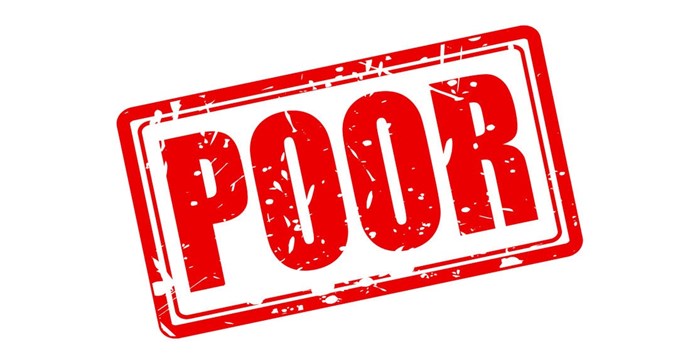Analysts believe that the immediate fallout from a downgrade would be a weaker exchange rate, a decline in local equities and a rise in bond yields.
According to a recent South African Reserve Bank (SARB) study of 70 countries, a downgrade to non-investment grade is likely to increase a sovereign’s short-term foreign currency borrowing costs by 80 basis points. Indeed, ratings have for decades played an important role in the pricing and marketing of fixed-income assets to investors.

Research by KPMG into the sovereign ratings assigned by the three largest rating agencies – S&P, Fitch Ratings and Moody’s Investors Service – over the past three decades indicates that 15 countries have seen their investment-grade ratings revoked but were then able – over time – to regain this status.
These include (alphabetically) Colombia, Croatia, Hungary, Iceland, India (twice), Indonesia, Ireland, Korea Republic, Latvia, Romania, Slovakia, Slovenia, Thailand, Turkey and Uruguay.
The causes behind the rating downgrades are broadly grouped into four categories:
These countries’ diverse experiences show that it takes, on average, seven years to again graduate to the investment-grade club. Countries like Croatia, Iceland, Ireland, Korea Republic, Latvia and Slovenia were able to do so in three years or less. At the opposite end of the spectrum, and depending on which rating agency was involved, there were instances where it took Colombia, India, Indonesia, Turkey and Uruguay more than a decade to do so.
Strategies and narratives on countries that recovered their investment-grade ratings are broadly grouped into six categories:
South Africa is most closely associated with the countries experiencing economic deterioration and, possibly, those having unsustainable macroeconomic imbalances. On the issue of how South Africa will be able to return to its former investment-grade rating, the key element in a recovery process is that admission that a problem exists and that work is needed to rectify this.
However, in a statement immediately after S&P’s downgrade announcement, the new leadership at the National Treasury appeared far from concerned with the development. The commitment to fiscal consolidation was reiterated, coupled with a rebuttal that South Africa is committed to a predictable and consistent policy framework and that open debate on policy matters should not be a cause for concern.